
Part of my job is surprisingly solitary, moving words and photos around from my home office and corresponding with my staff and regular contributors via email, text and Slack. (And sometimes even a phone call.) It’s immensely rewarding work, no doubt, but it can be quiet and somewhat isolated. Which makes the time I spent recently with our editor at large, Paul Dye, just that much more rewarding.
You see, he’s again the star of a video series for us, this time called Firewall Forward, which has sponsorship from Tempest. An approximately nine-episode series that explains FWF systems and offers hints and tips so builders and maintainers follow best practices, Firewall Forward leverages Paul’s decades of working on airplanes (both those he’s built and others) as well as the perspective he’s gained obtaining his A&P ticket. (By the way, I say around nine episodes because even though I’ve just started editing down our week of shooting, I can see small bonus features popping up here and there. And I know this because I’m the videographer, producer and editor of this whole mess. So many hats to wear…)
Rather than shoot at Paul’s Nevada shop, he came to me in Oregon and managed to leverage in a trip to Van’s and a flight with the indefatigable Mike Seager while he was here. For the video, we set up in my hangar—which offered plenty of incentive for me to clean and organize the space before his arrival—and used my GlaStar as the guinea pig, so to speak. While I’m not shy about picking the better brains in our industry and comparing my engine swap to others’, I still had a bit of trepidation that Paul’s keen eye would reveal stuff I’d missed or done to a lower-than-desirable standard. Having someone of Paul’s experience and perceptiveness presents critical practice in turning off the ego and opening the ears to constructive feedback.
What’s more, we performed a “live” oil change on the Titan IO-340 for the cameras since it was close to the 50-hour oil-change interval and nearing 70 hours total time. What Paul saw—or, I should say with a sigh of relief, didn’t see—in the oil filter caused a happy exclamation that you can probably hear on Paul’s microphone. Of course, I had no other indication that the engine was anything but happy: Oil consumption is about a quart in 30 hours, compression tests are strong and the engine runs cool now that I’ve spent a few hours tweaking the baffling. But the validation made my day.
So, too, did Paul’s approach, which is relentlessly practical-minded. I think this is what I’ve appreciated about him all along: He has a strong, reliable sense of how things should be done, tempered by an understanding of how things are done. He doesn’t get bogged down by how Boeing or Cirrus would do something but, instead, focuses on the items that are most likely to get a builder or homebuilt owner in trouble. It’s called the basics, and the underpinnings here are to build (or maintain) your homebuilt so that it’s safe, reliable and maintainable. Winning an award is not really the central point, nor should it be for most of us. He’s after a safe airplane you can trust. So am I.
Here’s where I’m going with this: Guys like Paul are out there. In your EAA chapter, as part of your builder group or maybe even at your home airport. Finding the right one can be hard but worth the effort. You’re looking for someone who listens as much as talks, who knows the kind of airplane you’re building well and doesn’t believe that the people who designed it or built the pieces are complete idiots. I’ve lost count of how many strong-willed individuals seem to feel they know more about an RV than VanGrunsven himself or more about an IO-390 than “a bunch of pencil pushers” in Williamsport, Pennsylvania. The advice you get from such an “expert” is often gravely in error. So find a better one.
Expanding the Line
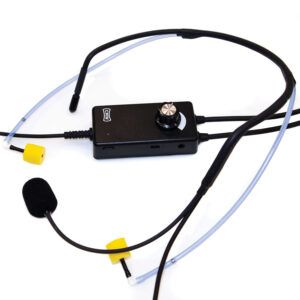
Soon after Paul’s review of the CQ1 headset landed designer Scott Card wrote to say the company had added a new model to the line: a Bluetooth-capable CQ.
If you’d told me a few years ago that Bluetooth was a game-changer in headsets, I probably would have yawned. But now I’m convinced that it’s a truly useful technology, allowing connection to your phone, music source or tablet for all things audio. I tend to use my Bluetooth-enabled headset for advisories from ForeFlight as well as talking to ATC via cell phone from the ground.
The CQ1 Bluetooth headset starts at $675 and includes a custom Bluetooth module, not an “off the shelf” option. It can be ordered in black or orange, with the microphone on the left or right side (left side only for the orange headband) and with either standard aviation plugs or the smaller LEMO plug. The Bluetooth module uses an internal rechargeable battery rejuvenated with a USB-C connection. More at www.cqheadset.com.
Starkey RANS Update
Laura and Mike Starkey continue through Phase I flight testing on their RANS S-21 Outbound. Paul has stepped back into a more advisory role, with Mike taking over the primary flight-test duties, where he continues to refine the airplane’s cooling and chase down those little gremlins that haunt every new homebuilt.
As this is written, the Outbound has completed nine flights and appears to be about 10% of the way through Phase I, according to FlightAware. Keep going, Mike, you’ll get there!
Photos: Omar Filipovic, Courtesy of CQ Headset.


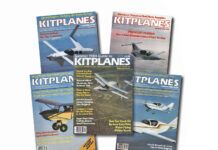
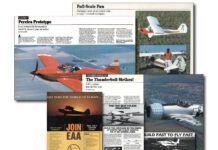
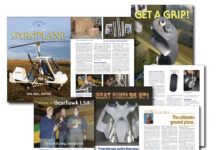
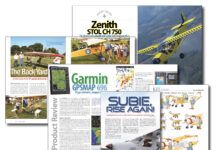
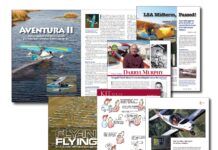
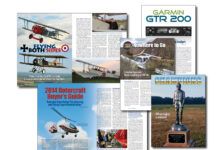
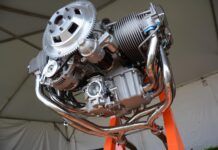

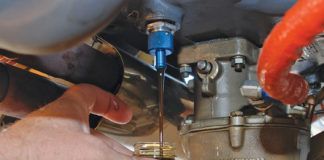
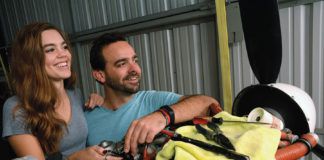
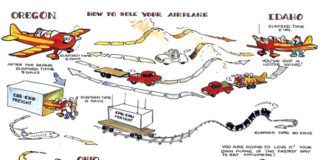
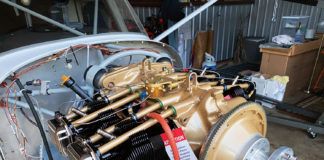
Question. I recently renewed my digital subscription to Kitlplanes, and am wondering if that includes the Issue of all of the various kits that can be built. If so, where or how can I find it? Thanks.
You bet. All the issues are found under the Magazine tab at the top of the page. The one you want is the December 2021 issue, which you can find here: https://www.kitplanes.com/december-2021/.